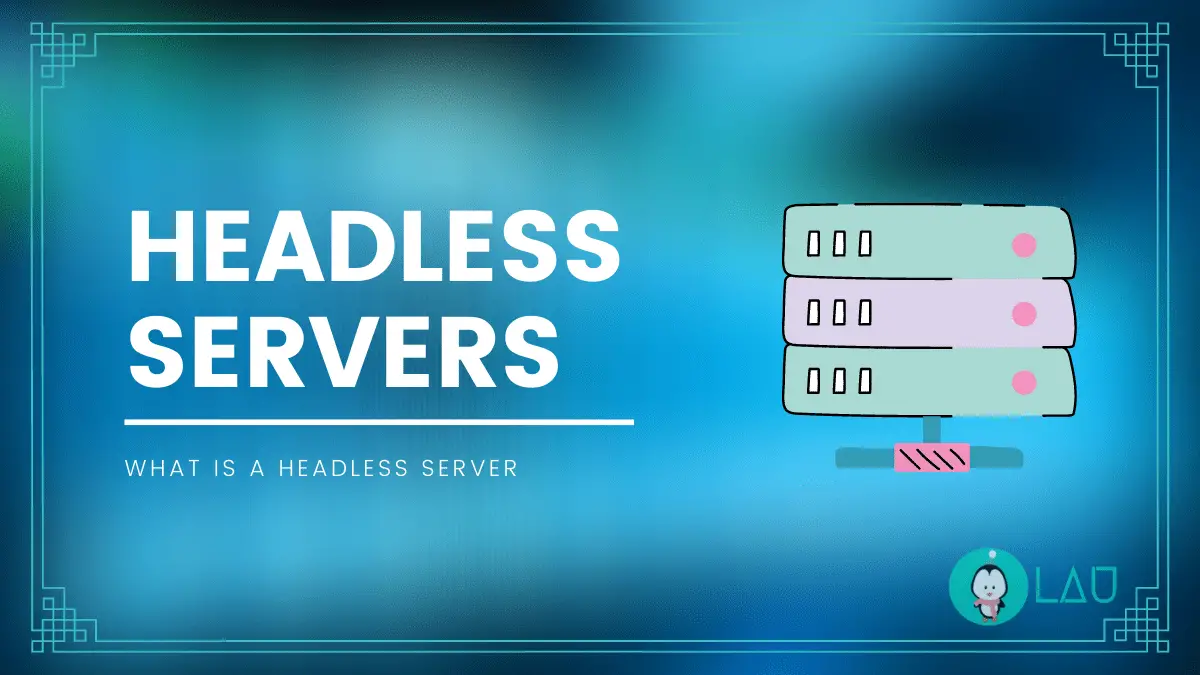Differences Between Embedded Software Engineers and Software Developers
Table of Contents
Find the difference between an embedded software engineer and a software developer to learn the most effective way to build your product. This article outlines six core differences between embedded and software engineers and comprehensively describes each.
We also review software development and embedded software engineering in detail. You’ll learn what are the types of software and why embedded software development differs from regular software development.
Besides, we address the common misconception about software development vs software engineering. Keep reading the article to learn more about the three types of software and the core differences between embedded software development and software development.
If you want to learn more about embedded engineering, find more details at.
What is embedded software development?
To understand what embedded software development is, it’s essential to understand what an embedded software system is. Usually, an embedded system is a combination of hardware and software components performing specific functionalities.
The apps that are embedded into a hardware device are referred to as embedded applications. The software enables the hardware product to perform all intended functions. Thus, embedded software development creates user/business devices that, in most cases, run on Linux and Android OS.
Engineers usually utilize C, C++, and C# programming languages in embedded software development. At the same time, Java is used for portable embedded systems that can be ported into versatile platforms.
What is software development?
Software is a set of instructions that guide a computer. Software is independent from the hardware part. There’s a common misconception that there’s a difference between a software engineer vs developer and software engineering vs software development. However, these notions refer to the same type of activity.
Yet, if you compare a full-stack developer vs a software engineer, there’s a significant difference between the two. While full-stack developers build both the front-end and back-end, software developers only focus on a narrow area.
Let’s review three basic types of software:
- System software
This type of software provides fundamental functions like OSs, disk management, utilities, and other operations.
- Programming software
This type of software enables software developers to use text editors, compilers, debuggers, and other tools.
- Application software (applications or apps)
Application software enables users to simplify their daily activities. Among the examples of software applications are solutions for data management, security programs, office productivity suits, etc. Besides, mobile applications also refer to application software.
The work of a software engineer/software developer involves programming, designing, and maintaining software applications. Software developers build computer programs according to technical specifications and user requirements.
Companies of different sizes can benefit from software development services. Besides, any software product requires regular updates, continuous maintenance, and quality assurance.
Six Differences Between Embedded Engineers and Software Developers
Let’s review six core differences between embedded engineers and software developers to gain a better understanding of the specifics of each profession:
- Embedded engineers work with hardware
Unlike software developers, embedded engineers must have all the necessary skills for working with hardware and software. While software developers often work with solutions based on standard OSs, embedded engineers develop unique systems to fit software to the hardware part.
- High safety standards in embedded engineering
Embedded engineers must consider safety while building software for hardware devices. Some embedded systems, like a solution controlling a car’s brake system, require increased levels of security, thus making the process of development more complicated if compared to regular software development.
- Embedded systems are highly custom devices
Software-based computer systems are usually based on pre-written code and libraries, while embedded software systems are custom. This means an embedded software developer needs to develop a unique software solution and write the code from scratch. Thus, creating an embedded product requires more development time and developers.
- The number of lines of code is unpredictable for embedded systems
While regular software development presupposes building applications only using code, embedded systems are about making a physical device work with specific software. That’s why you can never predict how many lines of code you must write to create an embedded system function.
- PC vs PCB
The development process’s specifics differ for regular software developers and embedded software engineers. While embedded software developers use PCs to write code, they must also introduce their code to another platform, like a Printed Circuit Board with a Microcontroller.
The embedded software is built specifically to function on a board. After an embedded engineer connects their software to the board, they can test, debug, and introduce all necessary changes to the software.
At the same time, software developers create code that runs on PCs or servers.
- Algorithm & Data Processing vs System Control
There’s a core difference in focus between embedded software development and regular software development. As a rule, software program is built around algorithm and data. Any software program either computes something with an algorithm or works on data, e.g., storing, analyzing, processing, and deleting data.
Any PC-based software in banking, transportation and logistics, retail, or any other industry works based on algorithms and data.
By contrast, embedded software is focused on managing the hardware system. The software aims to use the hardware’s full potential and manage it for the benefit of end users. Though embedded systems can also use algorithms and data, these are only applied to manage the hardware.
Conclusion
After reviewing embedded software development and regular software engineering in detail, we can conclude that these two building solutions have six core differences. Even though both an embedded software engineer and software developer create code for their solutions, the work of an embedded engineer encompasses a broader scope of skills.
The thing is, embedded software engineering is tied to a specific platform like SoC or microcontrollers. Regular software development, in its turn, is usually based on standard general-purpose platforms like desktops, computers, or smartphones.
LinuxAndUbuntu Newsletter
Join the newsletter to receive the latest updates in your inbox.



